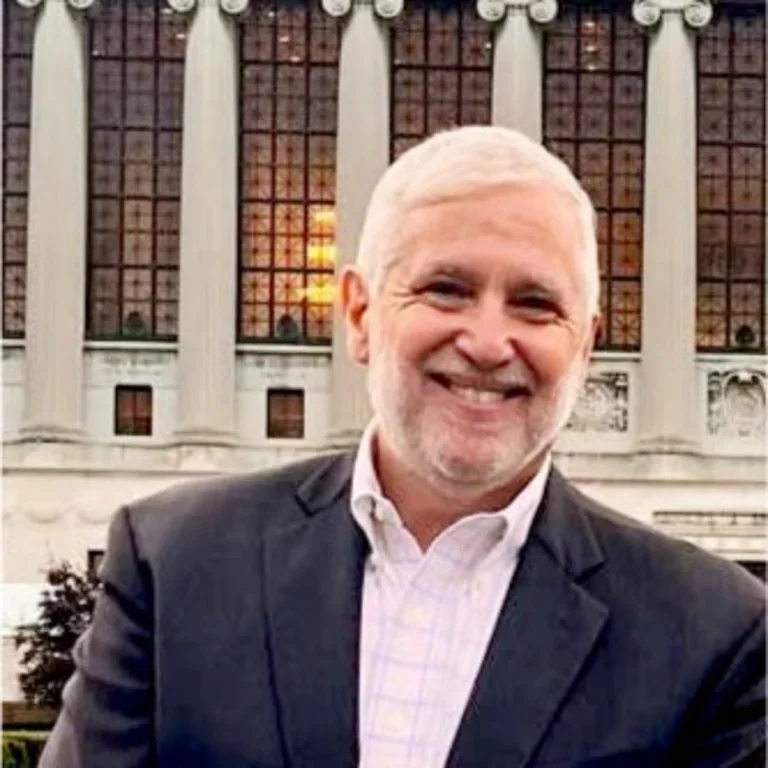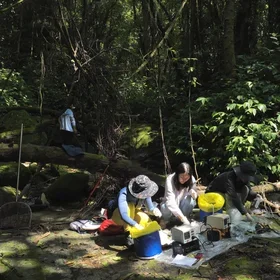Written by Steve Safier, Ph.D., Human Capital Management Lecturer
Many of us are balancing the tension between our personal needs and our commitments to work and society in ways that we never had to do before. Whom better than Sigmund Freud to look to for advice, as he addressed this question over 100 years ago?
As Freud once said, “Where id was, there shall ego be.” The “id” in this quote refers to an individual’s basic drives that he believed is the force behind our personalities. And, while Freud developed his theories long ago, his ideas can be seen in more recent ways of explaining behavior, such as Emotional Intelligence. They also continue to play out today, especially within organizations that are trying to be agile – that are innovating and pivoting their operations in ways we’ve never before seen.
Freud’s concept of the id represents our desires that, if left unchecked, would leave us all scrambling to satisfy whatever needs we deem important, no matter the timing and no matter the circumstance.
The ego, on the other hand, is Freud’s term for our “executive” function – that part of our personality that modulates the id’s desires and helps us act appropriately in social and work settings. In fact, one can make the case that the fundamental people-related challenge of today is the attempt to balance individual needs and desires with organizational intent – in effect, where (employee) id was, there shall (organizational) ego be. And, within this framework, the concept of organizational agility is our field’s latest attempt to strike this balance.
How so? First, some Human Capital Management background – at their core, organizations exist to structure and direct human and other assets in the service of overall goals. In the 1970s and earlier, this meant forming jobs and hierarchies, as represented by the traditional organization chart, to leverage specialized sets of skills – for example, organizations consisted of the Accounting Department, and the Research department and the Sales department, etc. In this way of thinking, the organization chart, and the job descriptions that described the “boxes” on the chart, became the tools to communicate fairly specialized – and stable - expectations and accountabilities.
With the advent of Total Quality Management in the 1980s, on the other hand, increased recognition of the value of customer focus had led organizations to recognize that their specialized departments were often operating within silos from which employees viewed their jobs narrowly and often lost sight of the customer. To counteract this tendency, businesses formed cross-departmental (or cross-functional) teams and processes to better inform customer understanding and to deliver better customer service. In this new way of doing business, members of different departments came together to form “quality teams” and the traditional organizational hierarchy faded a bit into the background in order to better serve the customer.
Yet quality teams, while enabling employees to leave their silos, presented their own set of challenges. Analyzing customers from different perspectives and revamping processes while, at the same time, getting buy-in from the hierarchies or departments who were still in control, often led to conflict and took too much time. Another solution was needed.
Enter the concept of organizational agility. In this framework, organizational agility is seen as a way to succeed in a rapidly changing world by breaking down structural hierarchies more conclusively while integrating individual specialties and perspectives more flexibly. It is an attempt to enable employees to leverage more of their personal capabilities and take risks and in the service of organizational objectives. This is accomplished by bending some traditional rules and roles, and by forming new types of empowered teams – supported by digital technology, by new data sources and analytics, and by new or revised Human Capital Management programs, yet still providing a necessary degree of direction and alignment; in summary, direction that is now mixed with agility, which brings us to the challenges we face today.
The COVID-19 pandemic can lead to even greater organizational agility. The challenges and different work approaches that we now see more of in organizations – virtual teams; work from home; different models of team leadership; flex time - can lead to more relaxed standards of direction provided to employees, encouraging greater risk-taking, empowerment and true collaboration. It can lead organizations to further enable people and teams to stretch and to leverage their interests and capabilities more fully. Or, as Freud might say, organizations would do well to at least consider new ways for the ego of the organization to value, influence and leverage the employees’ id (or individual needs, interests and capabilities), thereby satisfying both sides (the organization and the individual) more fully.
Here are some considerations human capital professionals and managers should take into account as they conduct business during this time (though, truly, the power in this exercise comes from each organization embarking on this analysis for itself):
- Employees have interests and needs outside of work and organizations need to get work done. What can we learn from the current “work from home tsunami” that perhaps curves more towards employees’ personal needs and interests than was true three months ago?
- As a result of COVID-19, we are using technology to connect with team members even more than before. Might this lead us to structure teams differently? Perhaps we can deploy a greater number of smaller sub-teams that can work more efficiently prior to collaborating with a larger team for integration.
- As much as organizations say that they value teamwork, hierarchies still exist and as a result, work direction and decisions still often flow downward. Can the connection and informality found in new remote work arrangements lead to more opportunity for employees to work across departments – and even staff and lead projects – in ways only dreamed of previously under the flag of organizational agility?
- Current demands have led organizations to operate more creatively; employees are doing work that they normally would not do and/ or conducting work in novel ways. How can we tap into these additional organizational and individual competencies and integrate them as “normal” operations begin resume?
Freud and others have taught us that marshaling individual needs, interests and capabilities in the service of social and economic success is a lifelong process. The question now is: What can we learn from this “once in a lifetime” (we hope) pandemic that might help us along this process?



